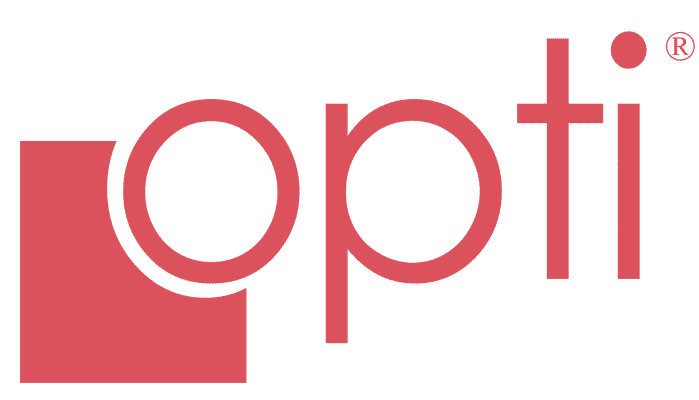Every company culture is different, unique to that particular business. The efforts of a company to develop a diverse workforce are an outgrowth of its culture, and, as a result, are unique to that company as well. A company cannot promote diversity simply by adopting some prepackaged set of initiatives. It’s not a one-size-fits-all kind of thing.
Each company has to do it in a way that works for that particular business. To give direction, company leaders need to take into account its identity and values, the current situation and relationships within the company, and then choose strategies to achieve goals relating to diversity that the company sets for itself.
Here are some steps that can be taken to assess your company’s stance toward diversity and how it can make improvements.
1. Talk about it
A culture of diversity begins with conversation about diversity. If you want an inclusive workplace, you have to talk about how you are going to make that happen and how you are going to maintain it.
Company leadership and managers need to encourage open and honest conversation about equity, diversity and inclusion in order to break down the rigid mindsets and the stereotypes that erect barriers between different groups and people of different backgrounds.
These conversations involve listening, questioning, challenging — but supporting as well — and developing action steps to achieve diversity, as well as establishing accountability measures.
2. Monitor connections
To get a sense of how inclusive your company is, you need to outline the networks that have formed among employees. This can be done through surveys or other means of data collection, such as tracking email traffic. This will help everyone to see patterns in work relationships and become more aware of their communication proclivities, who they tend to associate with more often.
What these mappings often show is how people tend to rely on just a few colleagues in most of their transactions, how some people are more isolated, and how others with important skills and experience are overlooked. People can see how they are inhibiting inclusiveness and creating inequities without even realizing it.
They get to see how unintended bias has become a part of their networking and how it is limiting people from being as productive as they can be. The information that this networking exercise reveals can be used to help people expand and diversify their networks.
3. Mentoring and coaching
Bias can also unknowingly creep in toward people whose backgrounds are different from those in leadership positions, preventing them from having the same access, experiences and opportunities as others. This can have a stifling effect on a person’s career progress.
To counter this subtle bias, companies need to create a coaching culture, where a network of senior people act as coaches and mentors for other employees.
4. Evaluating how the company works with its talent
How the company handles its talent sets the tone for a culture of diversity or lack of it. The company should make a comprehensive review of the way it recruits, hires and promotes its talent. Look at employee compensation packages. Also, review employee development practices, focusing on who is groomed for leadership positions, who is getting the important assignments, who is getting mentored. The company needs to examine whether the same standards and practices are applied to everyone equally, regardless of background.
Looking to build your team?
If your company is looking to fill job openings, you can count on Opti Staffing to supply the people you need. We are one of the top skilled trades staffing agencies in the Northwest. We have staffing agencies in Vancouver, temp agencies in Tacoma, temp agencies in Portland, and temp agencies in Seattle to serve any need you may have. Give us a call today.

